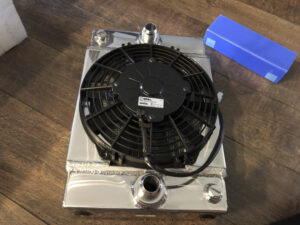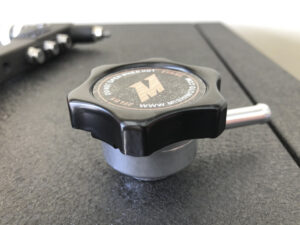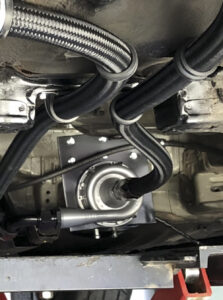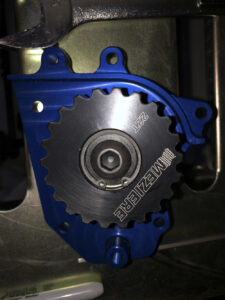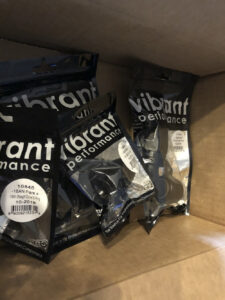Remote Cooling Setup Shows Genius of ‘Honda-Tech’ Members
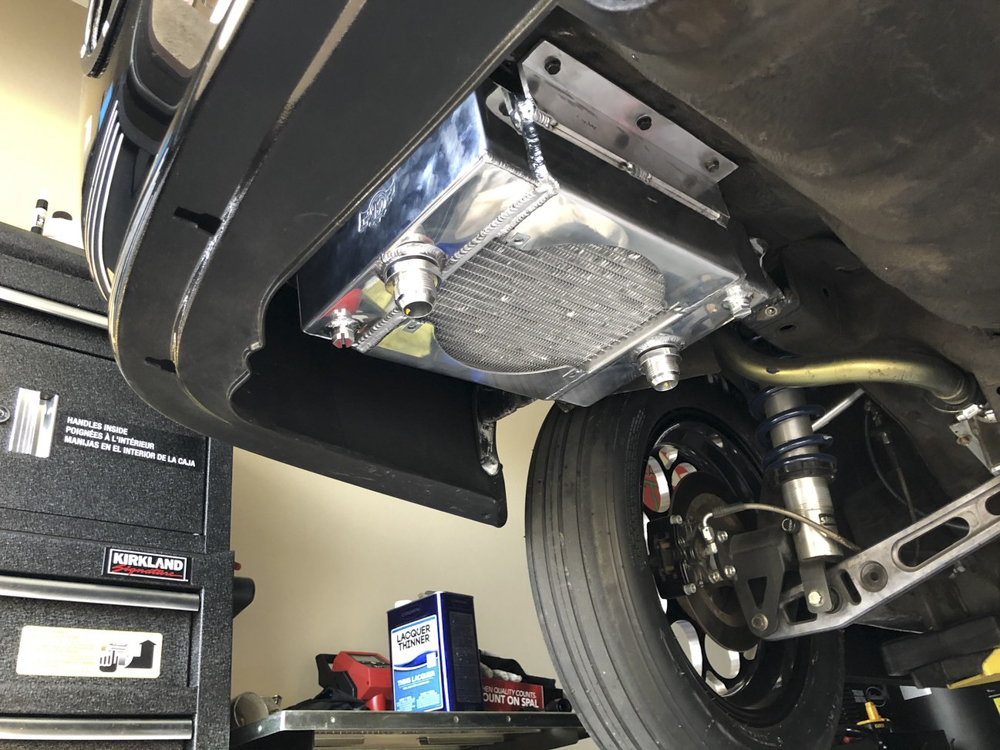
Turbocharged cars need lots of cooling. When an engine bay is stuffed with boost bits, you have to resort to alternative cooling methods.
When Honda-Tech forum members get ambitious, you can bet they will build some incredible rides. AZ_CIVIC is one such forum member, and recently started THIS THREAD about a remote cooling setup they are installing in a drag racing Civic.
Engine bays in a Civic are cramped already, and when you get to the point of adding a turbo, things get even more cramped. Want to run on the stock radiator? Good luck. AZ_CIVIC’s remote cooling setup not only opens up a lot of room, but also places the radiator in a cool location and allows it to be larger, maximizing its efficiency.
The build was broken down this way:
- CSF Radiator 7065 Setup from Summit Racing: $489
- Spal Fan 063-30102061: $147
- Davies Craig Electric Water Pump DC-8160: $186
- Meziere Honda Idler 22 Tooth WP50022: $170
- Speedy Metal Aluminum Round Tube 6061-T6511 1.25 6 foot length: $45 each so $90
- Summit Racing -16 Braided Nylon Hose SUM-240720B: $189
- Vibrant Performance -16 90: Quantity 5: $26 each
- Vibrant Performance -16 45: Quantity 2: $22 each
- Vibrant Performance -16 Straight ORB: Quantity 2: $12.95 each
- Vibrant Performance -16 Straight: Quantity 3: $17
- ICT Billet Weld In -16 bung ICB-AN970-16A: Quantity 6: $7
- MSD Solid State Relay PN 89612: $32
- Race Spec 10AWG M22759/16 Tefzel Wire: $130 red/black 50 feet each
- Nitrous Outlet 2 Pin Deutsch Connector Kit PN 00-52034-2: $16
- Mishimoto Filler Neck and Cap Small: $40
In addition to moving the radiator to a cooler spot and freeing up space, there’s additional benefits to a remote cooling setup. Utilizing an electric water pump means coolant flow can substantially increase. As well, the larger radiator and longer lines increase the overall amount of coolant by over two gallons. Larger amounts of cooler water are a very good thing for a race engine. There’s also an aero benefit, too. Drag cars can utilize a sealed and aerodynamic front end for higher top speed at the end of a run, but that comes at the sacrifice of flow to radiators.
So after talking with a few people who have made the conversion to a rear mounted radiator setup, they have said that for drag racing purposes they don’t see temperatures above 170 degrees after making a pass. I currently can see 200 to 213 degrees after making a pass and some of the guys I know who have a full sealed front end are reaching temps above 230. I would also think that this setup would benefit many others who live in hot climates that daily their car, road race etc.
In all, this set up is a perfect solution to the issue at hand, but its application is not just for drag racing. Air flow is important regardless if a car’s use is at the strip or on a road course.
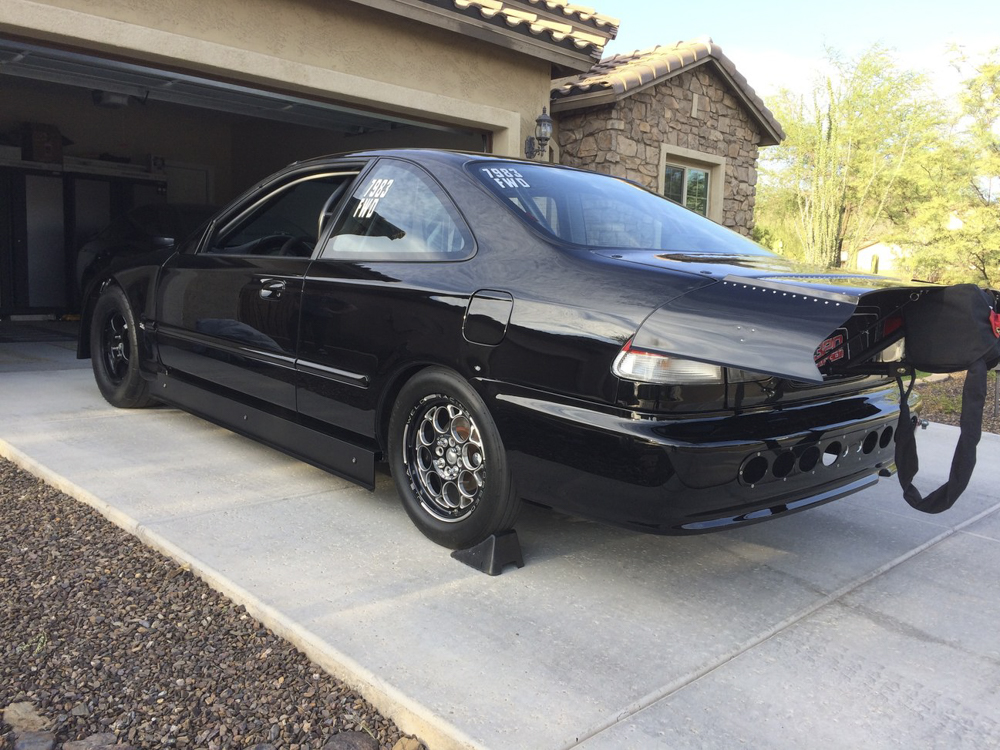
AZ-CIVIC’s build is still coming along, and we can’t wait for it to hit the strip. For the whole entire build, you can find that by clicking here. Trust us, it’s one heck of a car and extremely well put together.
Photos: Honda-Tech Members



